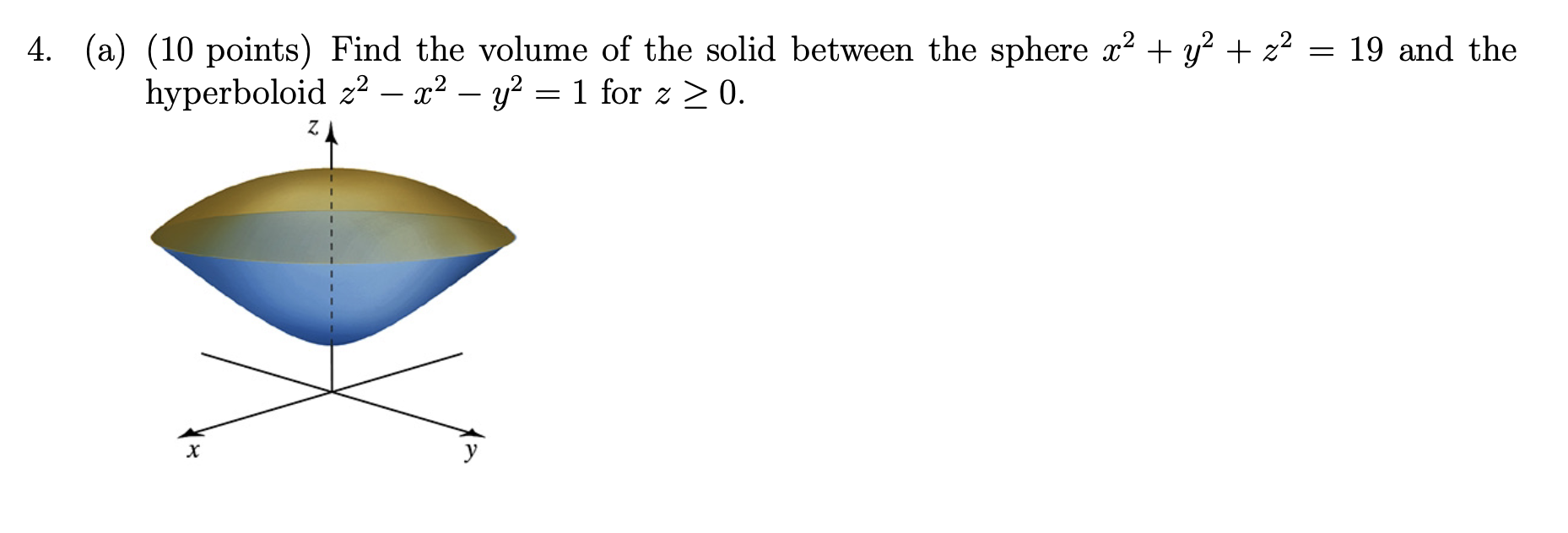Oftentimes we are faced with either a difficult to integrate function (single, but sometimes multivariable integration) or difficult to handle integral bounds (usually in double or triple integration). So we’re motivated to find a change of variables that will map our inputs to a new coordinate system (usually from rectangular).
For the single integral case, we usually discuss:
For the multi-integral case, our important cases are a change to:
- Polar coordinates (double)
- Cylindrical coordinates (triple)
- Spherical coordinates (triple)
General case
A key theorem is as follows. To transform from the -plane to the -plane, we can:
where is the Jacobian determinant:
We sometimes aren’t able to change directly to a common coordinate system listed above. This forms a pretty large class of problems.
Strategies
We can aim for simple regions of integration in the -plane. Ideally we should be able to transform to something rectangular in .
We should also consider whether it’s easier to express and as functions of or and as functions of . In the first case, it’s easiest to draw the region. In the second, it’s easiest to compute the Jacobian.
In one case, we can let the region in suggest what new variables we can use. Ideally, we have a region bounded by two pairs of parallel curves, which we can map easily to rectangles.
Example problem
For a region bounded by the curves , , , , then:
- Let
- Let
So our bounds are: . Do not forget to compute the Jacobian.
In the other, we can let the integrand determine what new variables. For example, if the integrand is:
then and is a valid transformation.
Problems
 Problems like the above are easily error-prone. We can use cylindrical coordinates where the top bound is something like and lower . and aren’t too hard to find.
Problems like the above are easily error-prone. We can use cylindrical coordinates where the top bound is something like and lower . and aren’t too hard to find.